
Geometric solution to the Russel Paradox
Colin Power presents a groundbreaking geometric resolution to the Russell Paradox, providing a simple and profound solution to this mathematical challenge.
Colin Power presents a groundbreaking geometric resolution to the Russell Paradox, providing a simple and profound solution to this mathematical challenge.

In this video, Colin Power from In2infinity discusses the nature of infinity and the Continuum Hypothesis, which deals with different types of infinity. He explains George Cantor’s work on infinite sets and the concept of fractal geometry. Colin Power then demonstrates a method to show that there is an infinity between whole numbers and decimal fractions, disproving Cantor’s conjecture.

Colin Power discusses the concept of the Geometric Universe, offering a glimpse into a world of infinite possibilities.
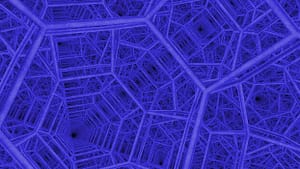
The idea that electrons moving though a wire produces electrical flow was disproven over 100 years ago. The Brillouin Zones are used to map the electron waves, which exhibits a particular geometric structure.
The 3rd set of D-orbitals are the last to form stable elements. The geometric explanation revels a 6D structure which terminates at the end of the Metatron’s Cube.
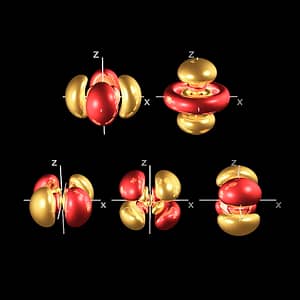
D-orbitals form cross shapes lobes that unify on the x, y, and z axis to produce a hypercubic model of the electron cloud
The 2nd set of D-orbitals contain various anomalies that are explained by the Geometric model of the atom. Part 2 of 3.
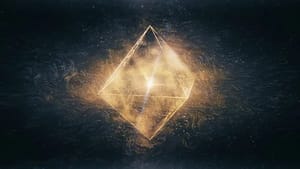
P-orbitals form in sets of 6 producing an octahedral structure. By producing this form based on the average radii for each set, we can approximate the radius for almost all elements on the periodic table.
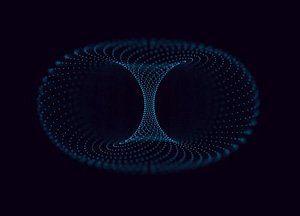
S-orbitals form the only set of elements occupying a spherical shell. Whilst quantum theory suggests it is ‘only applicable’ to these types of atom, investigation of the atomic radius shows a discrepancy of over 100% for some elements.
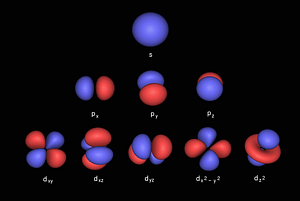
The 4 types of electron orbital can be mapped to 2D geometry, called the Seed/Flower of Life. This produces a simple geometric pattern that decodes the electron configuration.